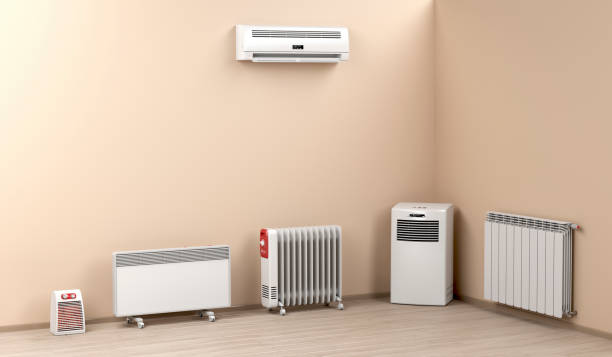The 5-Second Trick For 1 Source Portable Air
The 5-Second Trick For 1 Source Portable Air
Blog Article
The Of 1 Source Portable Air
Table of Contents1 Source Portable Air - TruthsThe Of 1 Source Portable Air1 Source Portable Air Can Be Fun For EveryoneNot known Details About 1 Source Portable Air The Single Strategy To Use For 1 Source Portable Air
Running costs are based upon a power price of 40c/kWh. The prices for 3 months' use in wintertime are based upon 500 hours use, or about 6 hours per day for 3 months. Optimum warm outcome is based upon the optimum wattage of the designs we have actually examined (we concentrate on greater wattage heaters).
This depends on what cost you're looking at upfront acquisition, or running expense? As normal, there are compromises with either selection. On average, little follower heaters are less costly to buy, yet can have greater running costs. Oil column heating systems will be the most affordable on the market to run (typically) but just by a slim margin ahead of convection heating systems (like panel and micathermic panels).
The Best Strategy To Use For 1 Source Portable Air
If you have a relatively easy to fix ceiling follower, it'll help disperse the warmth around the space extra equally. A number of costly heating units have stopped working to thrill our testers, while some more affordable designs make for remarkably good buys.
As the name suggests, they radiate warmth from a red-hot heating component (so the household will have to take turns sitting in front of it). Glowing heating systems are relatively cost-effective.
Glowing heating units typically set you back between $20 and $200. Oil-filled column heating systems don't actually burn oil they make use of electricity to heat the oil that's secured inside their columns or 'fins'.
Excitement About 1 Source Portable Air
Some column heating units aren't even oil-filled but instead use other product or home heating modern technology to work the very same way - 1 Source Portable Air. The danger of fire with an oil column heater is low compared to other heater kinds, but never zero. Oil heating systems do not have revealed aspects like glowing heating systems do, and their surface temperature level is lower than several other heater types (their huge surface offsets it)
Oil column heating units won't take off, and while they do not melt their oil to create warmth, it's still combustible, so there is a fire danger if the oil leaks, if the heating unit ideas over and leaks, or if flammable items or textile come right into get in touch with or drop on the heating unit. You should exercise the exact same level of caution with read this post here oil heating systems when it comes to various other heater types, and never hang towels or garments over one to dry them utilize a drying rack instead, at the very least one metre away.
Column heating units are particularly beneficial in areas where they'll be changed on for extended periods of time or where they'll run ignored, such as over night in a bed room. The surface areas you're most likely to discuss a column heater do not get as warm as various other sorts of official site electric heating systems. You can use a ceiling fan on extremely low speed to help the column heating system to disperse the warmth much faster and a lot more evenly.
If there's very little air motion (as an example, if you're resting reading or watching TV), the warm might not be distributed uniformly. Oil-filled column heating units generally cost in between $50 and $450. Convection and panel heating systems attract cool air over an electric heating component. The warmed air then leaves the heating unit and rises towards the ceiling, while cooler air relocate to replace it.
Indicators on 1 Source Portable Air You Need To Know

Convection and panel heating units are extra portable than their oil-filled column heater equivalents because they're significantly lighter. They'll heat up the air in an area uniformly and quickly. Like a column heater, you can make use of a ceiling follower on very low rate to disperse the heat faster and more uniformly. Some models, especially panel heating units, are comparatively expensive to acquire.
)
1 Source Portable Air for Beginners
Follower heating systems are commonly smaller and a lot more mobile than other electric heating units. They also can be found in the form of tower follower heating units, which can be much better for distributing warmth around bigger spaces as a result of their taller profile. They can heat the air in an area extra swiftly, uniformly and swiftly than some various other heater kinds.
They can be fairly noisy with the fan on complete power, though are generally fairly silent at lower fan rates. Fan heaters (ceramic or otherwise) typically price in between $60 and $900. Ceramic follower heating units aren't always any kind of various in rate to non-ceramic designs. A reasonably recent entrant right into the consumer market, infrared heaters warm the room like the sunlight heats your face (without the UV rays so no danger of skin cancer cells). 1 Source Portable Air.
Report this page